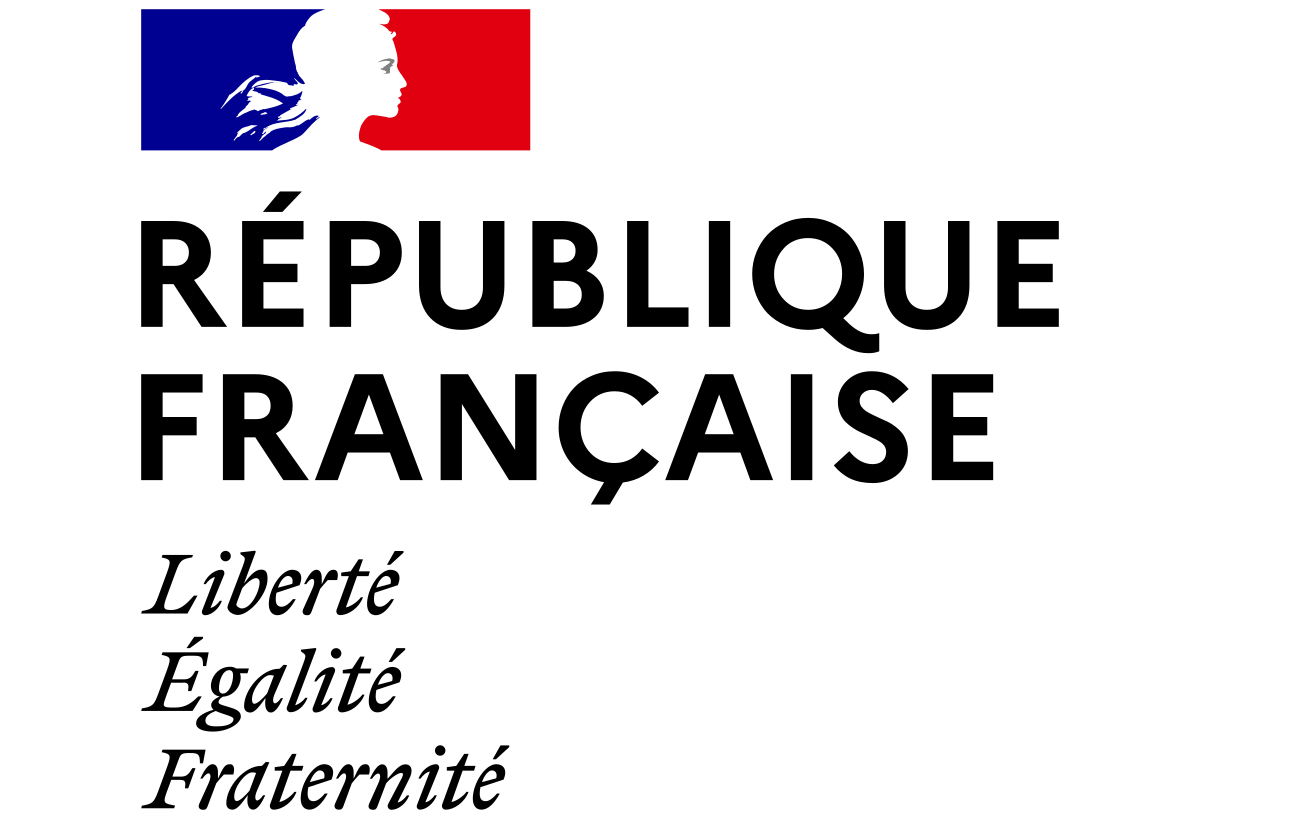Request new LEI
Applying for an LEI is not a trivial matter.
Indeed this LEI (Legal Entity Identifier) will serve as a unique identifier in order to facilitate the unambiguous identification of your legal entity (company, funds, etc.) in its financial transactions.
As of January 2018, LEIs are mandatory for all companies wishing to continue trading in listed financial instruments.
Insee, manager of the national Sirene business directory, allows you to obtain an LEI in a simple and secure way in 3 main steps.
The 3 main steps of LEI application
Step
01
Depending on whether you want to apply for an LEI for a company or for a fund, there are two possible scenarios:
- LEI application for a company, an association
You make a request to link to your personal account the company or association for which you are requesting an LEI (section Link the company to your personal account).
You must enter your siren number and upload the requested documents.
A confirmation email is automatically sent once your request is treated. - LEI request for a fund
You attach the company that manages the fund directly to your personal account.
You will then find your fund in the section Link a fund to your personal account, indicating its ISIN or its approval code in order to link it to your personal account.
You can also indicate the Siren of the management company to display all the funds and Sicav for which you can request an LEI.
Step
02
The day after the connection request, you can go to Report financial relationships.
Reporting financial relationships involves a series of questions, leading to the direct and ultimate parents or accordingly, to the most appropriate exception suggested.
Step
03
As soon as the direct parent and the ultimate parent of your entity (fund or company) are validated (or mentioned as an exception), you can apply for its LEI by selecting it in the section Pay for certification.
Once your payment has been validated by our services, an invoice will be sent to you overnight. It will include your LEI code.
Your LEI will be certified and available on the Gleif website by the end of the next day.
How do I know if an LEI has been assigned to my entity ?

Group Treasurer
Data relating to assigned LEIs are public and free on the Gleif site .
If you do not know if an LEI has already been assigned to your company or to the entity for which you want an LEI, you can refer to this site and do a search by filling in the name of your company or any other entity concerned by the LEI (fund, association, etc.)
The publication of the LEI on our site gives it its validity, it is definitive and can therefore be used for European and American reports.

Insee-LEI Manager
Applying for LEIs on behalf of third parties
The LEI France site offers you the possibility of centralizing the LEI requests and management of your partner or client companies.
For this, you must have a personal space on our site, then make your LEI requests.
You can then send us a mandate ( Download the model mandate.) for each company by mentioning your name in the "agent" part, authorizing you to manage the LEI on behalf of this company.
This mandate must be returned to us, duly dated, stamped and signed by a company official. The information appearing there (representative) must be similar to that provided in your personal space.
In the event that the company has not set up a stamp, you will kindly include the name and signature of an officer and attach us an extract from Kbis on mentioning. If you are on the Kbis yourself, you do not need to attach the money order, but only the Kbis.
It is also possible in this context to personalize the delivery address mentioned on invoices.
This functionality offered by the LEI-France site is close to the concept of registration agent defined by GLEIF in order to further streamline the issuance of LEIs. The registrar helps companies access the network of LOUs (LEI Issuing Organizations) responsible for LEI assignment and related services. For more information on this concept you can consult the page https://www.gleif.org/fr/about-lei/how-to-get-an-lei-find-lei-issuing-organizations/registration-agents.
Declaration of financial relationships and «Level 2» data
In 2017, GLEIF implemented a process to improve the Legal Entity Identifier (LEI) database, which now includes the collection of so-called "Level 2" data to meet the question who belongs to whom. Specifically, legal entities and investment funds that renew or acquire an LEI must now declare their direct accounting consolidation parent as well as their ultimate accounting consolidation parent.
For more information on the collection and use of "Level 2" data, you can visit the GLEIF website: https://www.gleif.org/fr/lei-data/access-and-use-lei-data/level-2-data-who-owns-whom .
On this site, the financial relationships are reported through a series of questions in section "Request new LEI > Report financial relationships".
GLEIF regulations require legal entities to provide information about their direct parent and ultimate parent for validation of their LEI.
If an entity has no direct and / or ultimate parent consolidation, or does not wish to disclose this information, an exception must be reported.
To find out more about the expected data on financial relations, you can consult the dedicated page on the GLEIF website: https://www.gleif.org/fr/about-lei/common-data-file-format/relationship-record-cdf-format.
How do I report the financial relationships of my entity ?

Financial Analyst

Insee-LEI Manager
Direct parent and ultimate parent
Direct parent
The direct parent of an entity is a company that consolidates more than 50% of the accounts of the child entity.
The direct parent directly consolidates the accounts of the child entity. A company cannot be its own direct parent.
Ultimate parent
The ultimate parent is the last company consolidating the successive parents of the child entity. It is the last consolidating entity in the chain of capital ownership.
This is the entity directly or indirectly consolidating the accounts of the direct parent. A corporation cannot be its own ultimate parent.
What is the difference between the direct parent and the ultimate parent of a subsidiary entity ?

Lawyer
The direct parent is the entity that consolidates more than 50% of the financial accounts of the subsidiary. The ultimate parent is the entity that ultimately consolidates the accounts of the direct parent and the subsidiary.
For example:
- The Ma-Société entity requests an LEI number.
- The Ma-Société entity belongs to Ma-Maison-Mère (for more than 50 %) which consolidates the results of Ma-Société.
- The Ma-Maison-Mère entity is owned by Mon-Groupe (for more than 50 %) which consolidates the results of Ma-Maison-Mère and Mon-Groupe belongs to Mon-Conglomérat (for more than 50 %), Mon-Conglomérat consolidating the results of Mon-Groupe.
In this example:
- Ma-Société is the child entity
- Ma-Maison-Mère is the direct parent
- Mon-Conglomérat is the ultimate parent

Insee-LEI Manager

Diagram illustrating the relationship between Ma-Société and its direct parent Ma-Maison-Mère and the relationship between Ma-Société and its ultimate parent Mon-Conglomérat.
Exceptions to the declaration of financial relationships
If you cannot declare a financial relationship (direct parent or ultimate parent) for one of your LEIs, it is possible to choose a reason for exemption.
If there is no parent company for the entity whose LEI you manage, you can choose:
- this entity does not fall within any scope of consolidation ;
- this entity is owned by a natural person ;
- no parent company is identified (diverse share-holders).
If there is a parent that cannot be reported, the available reporting exceptions are:
- the parent does not have an LEI ;
- the relationship information is not public.
To find out more about exceptions (derogation from the declaration of a parent), you can consult the dedicated page on the GLEIF website.

